I thought that I would add a few photos of the new car to detail how Ascort's are put together.
This first photo details the dash. It shows:
Petri steering wheel (some cars had a simple horn button, rather than the full horn ring)
Steering lock
The acrylic sun visors are missing from the rod. (Porsche?)
Instruments are from the right: Smiths Vacuum, VDO oil pressure, VDO 100mph speedo with trip, Motometer 3 in 1 (amps, fuel, temp), VDO electronic tacho, motometer clock (60mm).
The indicators are on the left of the column and is a Hella with the red light on the end of the stork. Headlight dipper is on the right of the colums and should have a blue light on the end of the stork.
The windscreen washer can be seen under the strrening column area.
This car has a roller accelerator pedal, but most had a pedal. I have not checked the pan number to get a chassis build date as the body sits over the number in the rear armrest area.
It can be seen that a stock beetle pan was used and not the wider Ghia pan.
The windscreen is Peugeot 403.
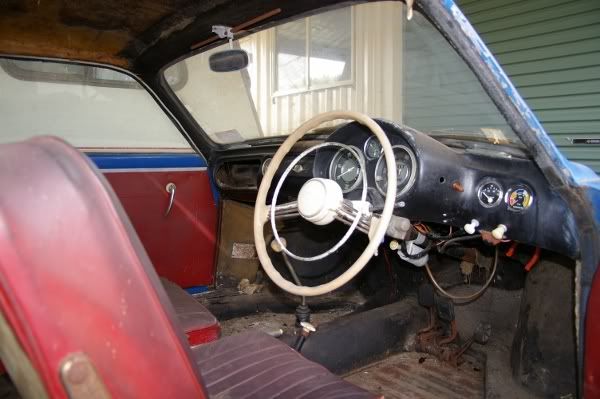
The second photo shows the front seat area. It shows:
The porsche 356 recline mechanism. This is only on the outside, with the pivot placed further back on the tunnel side. This allowed the seats to fold toward the car centre to allow easier access to the rear seat area.
The cream carpet which was originally used through the car covers the rear of the seat.
On the passenger side the door trim can be seen. An aluminium strip helps hold the top of the door trim in place.
On this car there is an alloy trim above the door which would have secured the edge of the hood lining. (My other car uses a conventional door trim)
The door is very similar to that of a Ghia, except that it uses beetle catches.
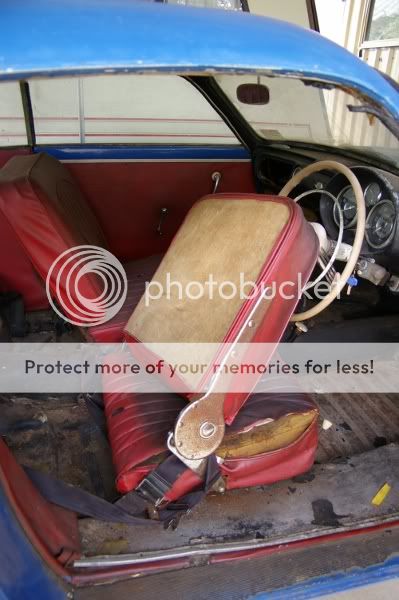
The third photo shows:
The glove box, the 60mm motometer clock, the Continental Coachworks emblem. (Continental coachworks is the name of company used to produce the body). This is similar to the bonnet emblem. I assume that under the lion sits 2 x letter "C"s (for Continantal Coachworks). One is tall and narrow, the other elongated horizontally.
Above the emblem in the centre of the dash is the ashtray. This came from a late 1950s GM Holden (FE / FC model).
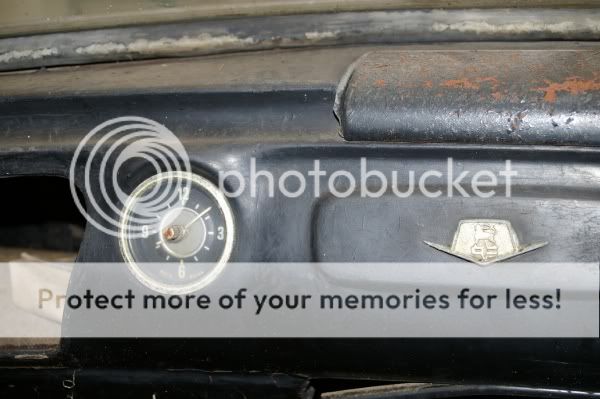
The fourth photo shows the rear seat area:
A short adult can sit quite comfortably, but an average height male will have their head hard up against the rear window.
Under the removable armrest is access to the inspection plate on the transmission tunnel.
Unfortunately the body is mounted right over the top of the chassis number.
The ashtray is from a 1950s GM Holden. It was originally the ash tray on the back of the front seat for the rear seat passengers of the Holden.
The area of the vinyl that has collapsed down was originally a headrest cushion section.
On each side of the seats is a flat surface. This is the area where the fuel tanks sit, just ahead of the rear wheel. There is an 8 gallon fuel tank on each side (modified from a Ford 105E Anglia) which are linked by cross feed tubes. The filler cap is on the left tank only. With 16 gallons of fuel, the Ascort had a range of over 1000km on a tank full of fuel.
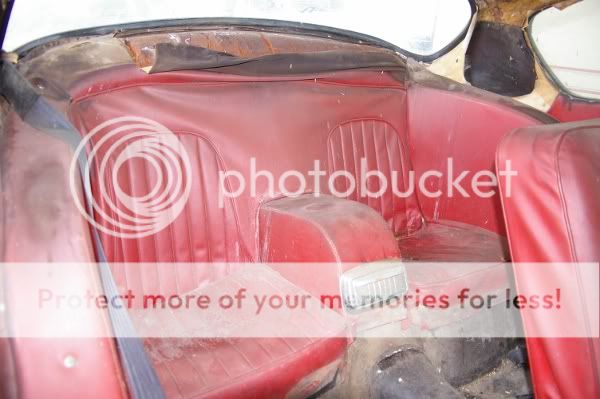
The fifth photo is the engine bay showing:
The Okrasa TSV 1300 engine which according to tests gave a top speed of around 98mph.
(For those who are not up on Okrasas, check out the vintage speed area of the forum. The engine started as a 36hp and then was modified with stroker crank, dual port heads, twin carbs etc.)
The shape of the fibreglass around the engine is almost identical to a ghia and indicates that the Ghia was used as a basis for much of the design.
This car has a fram oil filter fitted, but it does not seem that all cars had this feature.
The tail lights are from a Humber Hawk.
The rear window is Austin A95.
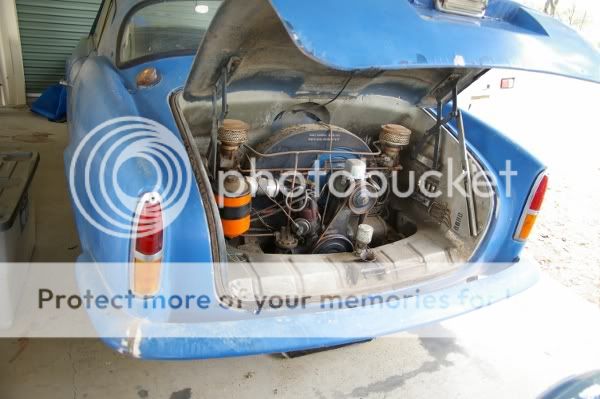
Sixth photo is a closeup of the engine.
The Ascorts have had the engine number uniquely numbered with an ACA prefix. My car is ACA0916. It is presumed that the ACA stands for Ascort Corporation A/sia.

The seventh photo is the air intake area.
The vents are narrowed oval window beetle speaker grills.
The rear bonnet is a very similar shape to a ghia, except for the addition of the air scoops and recessing of the number plate.
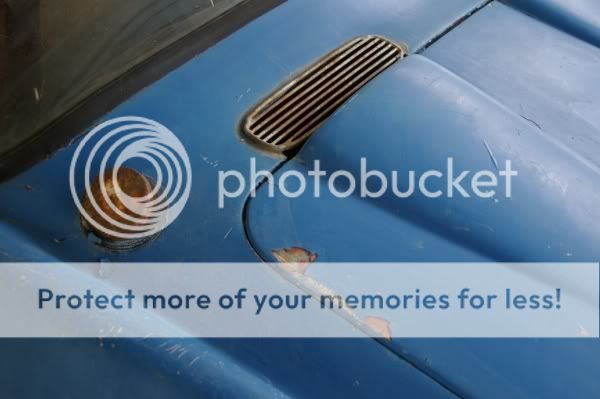
In the future I will add details of the boot area.
Edited by user
12 years ago
|
Reason: Not specified
Mark - Owner of 2 under restoration Australian coachbuilt Ascorts.